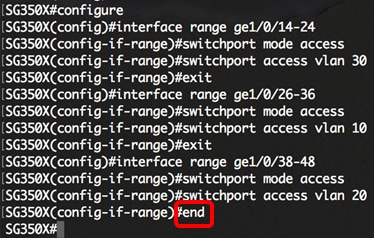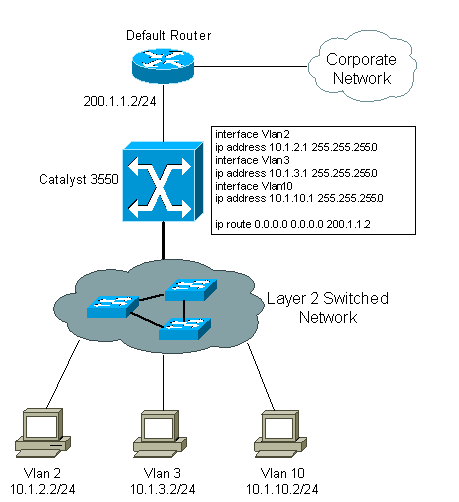

Making VLANs pruning-eligible or pruning-ineligible affects pruning eligibility for those VLANs on that device only (not on all switches in the VTP domain). Enabling VTP pruning on a VTP server enables pruning for the entire management domain. Do not enable VTP version 2 unless every network device in the VTP domain supports version 2.ġ. Every network device in the VTP domain must use the same VTP version. VTP version 2 and VTP version 1 are not interoperable on network devices in the same VTP domain. VTP Pruning does not change, add, or delete the VLANs in a VTP domain, it simply reduces the broadcast and multicast traffic. It is not related with the number of ports assigned to that VLAN. Pruning eligibility is based only on the VLANs that need the given broadcast information across the trunks.

Extended-range VLANs (VLAN IDs higher than 1005) are also pruning-ineligible.

VLAN 1(default or Native), VLANs 1002 to 1005 is always pruning-ineligible, meaning traffic from VLAN 1, VLANs 1002 to 1005 cannot be pruned in any situation. VTP pruning is supported with VTP version 1 and version 2. VLAN 1 and VLANs 1002 to 1005 are always pruning-ineligible traffic from these VLANs cannot be pruned. VTP pruning does not prune traffic from VLANs that are pruning-ineligible. By default, VLANs 2 through 1001 are pruning eligible switch trunk ports. Only VLANs included in the pruning-eligible list can be pruned. VTP pruning blocks unneeded flooded traffic to VLANs on trunk ports that are included in the pruning-eligible list. Without VTP pruning, a sw itch floods broadcast, multicast, and unknown unicast traffic across all trunk links within a VTP domain even though receiving switches might discard them. VTP pruning increases the network bandwidth by reducing unnecessary flooded traffic, such as broadcast, multicast, unknown, and flooded unicast packets on trunk links.


 0 kommentar(er)
0 kommentar(er)
